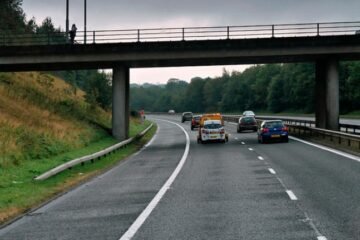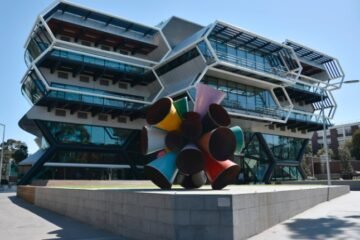Labour has pulled off a remarkable victory in the Rutherglen and Hamilton West by-election, defeating the SNP by a huge margin and gaining its second seat in Scotland.
How Labour turned the tide in a former SNP stronghold
The by-election was triggered by the resignation of Margaret Ferrier, who was suspended from the SNP after breaching Covid-19 rules by travelling between London and Scotland while infected. Ferrier had won the seat in 2019 with a majority of 5,230 votes over Labour’s Ged Killen.
However, Labour’s candidate Michael Shanks managed to overturn that result and secure a stunning win with 17,845 votes, more than double the SNP’s Katy Loudon, who received 8,399 votes. Shanks, a local councillor and former teacher, campaigned on issues such as health, education, jobs and climate change. He also appealed to voters who were tired of the constitutional debate and wanted to focus on the recovery from the pandemic.
Labour leader Keir Starmer and Scottish Labour leader Anas Sarwar both hailed the win as a “seismic” result that showed Labour’s message of change was cutting through. They also claimed that Labour was winning in every part of the country and that it was the only alternative to the SNP and the Tories.
What this means for Scottish politics and the independence question
The Rutherglen and Hamilton West by-election was seen as a test of the political mood in Scotland after the Scottish Parliament election in May, which saw the SNP fall one seat short of a majority but secure a pro-independence majority with the Greens. The SNP had hoped to use the by-election as a springboard for its push for a second referendum on independence, which it says is justified by Brexit and the pandemic.

However, the result suggests that Labour may be making a comeback in Scotland after years of decline and losing ground to the SNP and the Tories. It also indicates that there may be a shift in public opinion away from independence and towards more devolution within the UK. According to a recent poll by Savanta ComRes for The Scotsman, support for independence has fallen to 44%, while support for staying in the UK has risen to 56%.
The by-election also poses a challenge for Nicola Sturgeon, who faces increasing pressure from within her own party and from the Greens to deliver on her promise of a referendum before the end of 2023. Sturgeon has said that she will seek a Section 30 order from Westminster to hold a legal and binding vote, but Boris Johnson has repeatedly ruled out granting one. Sturgeon has also hinted that she may pursue other legal avenues or even hold a consultative referendum without Westminster’s consent, but this could spark a constitutional crisis and legal challenges.
How this affects the prospects of a UK Labour government
The Rutherglen and Hamilton West by-election also has implications for the wider UK political landscape and the chances of Labour forming a government at the next general election, which is due by 2024. Labour currently holds 201 seats in Westminster, while the Tories have 364. To win a majority, Labour would need to gain at least 124 seats from the Tories or other parties.
Scotland has traditionally been a stronghold for Labour, but it lost all but one of its 41 seats to the SNP in 2015, following the first independence referendum in 2014. In 2019, Labour regained one seat in Scotland, bringing its total to two. The by-election victory means that Labour now has three seats in Scotland, while the SNP has 46, the Tories have six and the Lib Dems have four.
While this is still a far cry from Labour’s former dominance in Scotland, it shows that there is potential for further gains if Labour can appeal to former supporters who switched to the SNP or other parties. It also suggests that Labour may be able to win back some of the seats it lost to the Tories in England and Wales in 2019, especially in areas that voted Remain in the EU referendum.
However, Labour still faces many challenges and obstacles to becoming a credible alternative to the Tories at the UK level. It needs to overcome its internal divisions and present a clear and coherent vision for the country. It also needs to deal with the rise of new parties such as Reform UK and GB News, which may attract some of its traditional voters. Moreover, it needs to contend with the popularity of Boris Johnson, who has benefited from the successful vaccine rollout and the easing of lockdown restrictions.
What happens next?
The Rutherglen and Hamilton West by-election result has shaken up Scottish politics and given Labour a boost ahead of the next general election. However, it is not clear whether this is a one-off or a sign of things to come. The political landscape in Scotland and across the UK remains volatile and unpredictable, especially as Covid-19 continues to pose challenges and uncertainties.
Will Labour be able to build on its by-election win and regain more ground in Scotland and elsewhere? Will the SNP be able to maintain its dominance and deliver on its promise of a second independence referendum? Will the Tories be able to fend off the challenge from Labour and other parties and secure another term in power? These are some of the questions that will shape the future of Scottish and UK politics in the coming months and years.


















